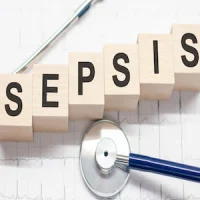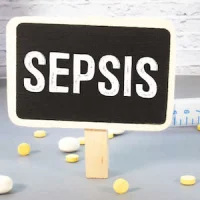Approximately 85,000 patients are admitted to the emergency department in the U.S. each year for sepsis or septic shock. The Surviving Sepsis Campaign (SSC) has established International clinical practice guidelines for managing these patients. The guidelines consist of a bundle that includes treatments for various components of sepsis, including rapid fluid resuscitation, administration of antibiotics, the use of vasopressors, and quantification of lactate concentrations. Compliance with the SSC bundle is the cornerstone for improving outcomes in patients with sepsis and septic shock.
Nighttime hospital admission is associated with increased mortality risk. In this study, the researchers investigated compliance rates with the SSC 3-h bundle for daytime and nighttime emergency department admissions and the impact of compliance on mortality in patients with septic shock. Two thousand forty-nine patients were enrolled in the study. The primary outcome was the compliance rate with the bundle. Secondary outcomes included adherence to the individual components of the SSC 3-h bundle. Compliance was calculated based on the time of arrival in the emergency department. In-hospital and 28-day mortality were also analysed.
Findings showed that nighttime admission was associated with higher compliance with the administration of antibiotics within 3 hours and with the complete SSC bundle than those admitted during daytime hours. Higher adherence was observed more in patients with relatively lower severity. No major difference was found in the performance rate of the complete SSC bundle between daytime and nighttime admission in patients with higher severity. These findings align with previous studies that show a higher degree of monitoring of patients in the higher severity group.
These findings show that septic patients admitted to the emergency department during the daytime exhibited lower compliance with the SSC bundle than those admitted at night. The higher number of admitted patients and the higher patients to medical staff ratio during the daytime may contribute to the lower compliance rate. Increasing the rate of compliance with the SSC bundle during the daytime could improve the prognosis of patients with sepsis. It is thus important to reconsider the factors that decrease compliance to the SSC 3-h bundle in patients with sepsis and septic shock.
Source: Critical Care
Image Credit: iStock
References:
You JS, Park YS, Chung SP et al. (2022) Relationship between time of emergency department admission and adherence to the Surviving Sepsis Campaign bundle in patients with septic shock. Crit Care. 26, 43
Latest Articles
Sepsis, septic shock, emergency department, Surviving Sepsis Campaign, SSC 3-h
ED Admission and Adherence to Surviving Sepsis Campaign Bundle










